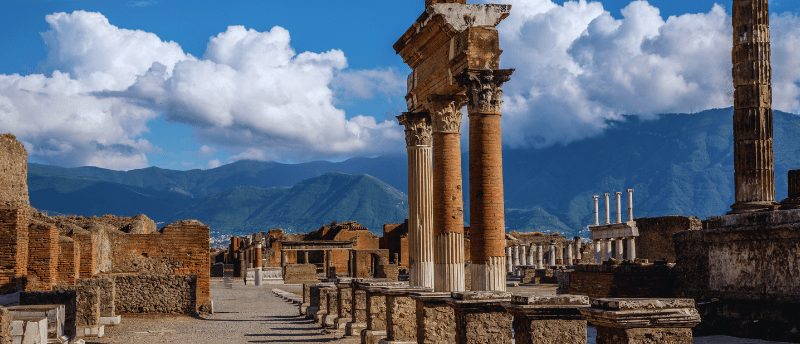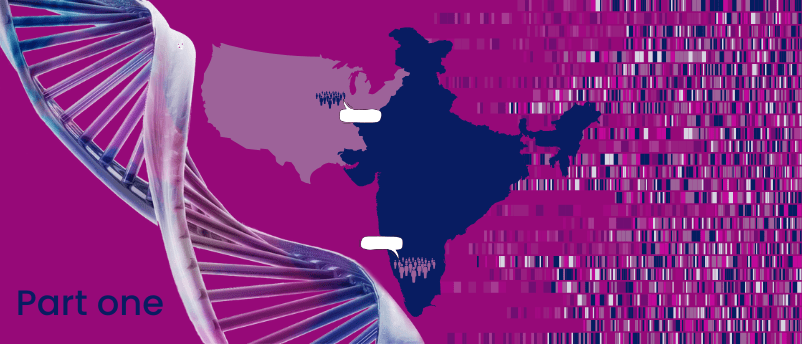Rewriting the history of Pompeii with ancient DNA analysis

Ancient DNA provides an insight into Pompeii life and its residents, contradicting what we thought we knew about the small Roman town.
Nearly 2000 years ago, Mount Vesuvius (Campania, Italy) erupted and buried the small Roman town of Pompeii in ash, preserving many of the inhabitants’ bodies. Today, researchers from Harvard University (MA, USA) and the University of Florence (Italy) have collected DNA from the famed body casts of Pompeii and found that the history we’ve been told since the 1700s may not actually be a correct depiction of the town and its residents.
Vesuvius is an active volcano in southern Italy standing at 4203 feet as of 2013, but its height is ever varying. Scientists posit the volcano formed around 200,000 years ago, lying dormant until the infamous 79 CE eruption, which drowned the surrounding towns in ash and mudflow. Only in the 1700s was Pompeii rediscovered and body casts, ash-preserved bodies that perished in the 79 CE eruption, excavated. At this point, 18th-century historians made assumptions about Pompeii’s residents, which were based solely on the physical appearance and positioning of the casts.
Now, researchers are using ancient DNA analysis techniques to better understand Pompeii’s ancient residents. They extracted DNA from fragmented skeletal remains embedded in 14 casts, generating genome-wide ancient DNA and strontium isotopic data. Five samples provided complete or partial mitochondrial genomes, revealing the genetic relationships, sex and ancestry of these individuals.

In part one of this two-part feature, we learn what genomics can illuminate about human population histories, the challenges of ancient and modern DNA research and the techniques Maanasa Raghavan uses to collect samples and sequence them.
What they found was that Pompeiians had diverse genomic backgrounds, primarily descending from the eastern Mediterranean. They also found that the data disputed an assumption made in the 1700s about an adult wearing a gold bracelet and holding a child. Previously thought to be a mother and child, the DNA revealed that it was an unrelated adult male and child.
“Our findings have significant implications for the interpretation of archaeological data and the understanding of ancient societies,” co-author Alissa Mittnik (Harvard University) commented. “They highlight the importance of integrating genetic data with archaeological and historical information to avoid misinterpretations based on modern assumptions. This study also underscores the diverse and cosmopolitan nature of Pompeii’s population, reflecting broader patterns of mobility and cultural exchange in the Roman Empire.”
The study provides an interesting example of how researchers have projected the assumptions of the time onto the Pompeiians. It highlights just how important multidisciplinary approaches are to reconstructing the societal structures of an ancient population, which may be relevant to other civilizations and historical accounts.